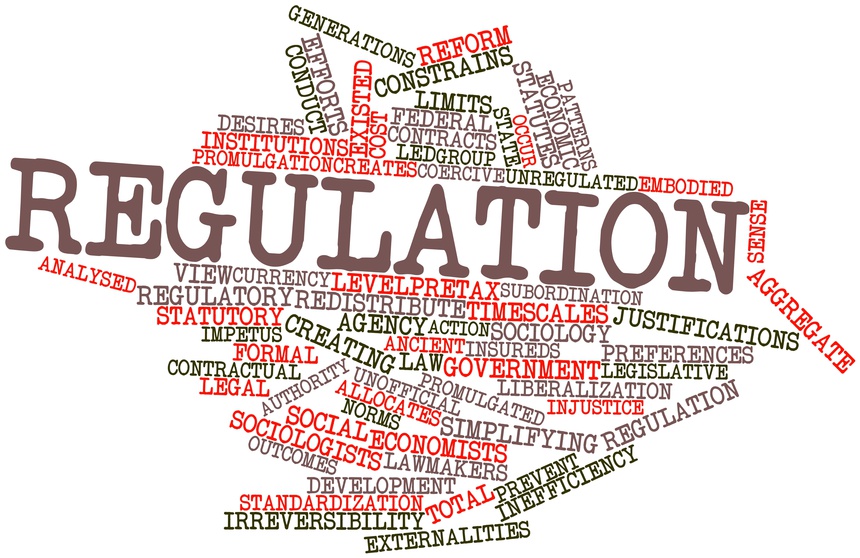New (R)evolution in the European regulation relating to your nitrile gloves and latex gloves

Regulation (EU) 2016/425 – ISO 374-1:2016+A1:2018 – ISO 375-5:2016
In April 2016, a new European regulation on Personal Protective Equipment (PPE) was adopted. In its wake has come a revision to some standards, including those relating to protective gloves offering protection to chemical and biological risks. Not only are nitrile gloves and latex gloves for use in the laboratory impacted, but also ultra-clean gloves for the pharmaceutical or high-technology industries. Looking at these changes, can we really talk about a revolution?
The legal framework:
PPE Regulation (EU) 2016/425 was passed in 2016 and came into force in April 2018. It has replaced the PPE Directive 89/686/EEC and undeniably represents significant progress. As a Regulation (rather than a Directive), all member states will be obliged to adopt the PPE Regulation in its entirety. Another obvious change is the greater clarification it brings to our understanding of the essential health and safety requirements. Specifically, greater precision has been given to defining the different risk categories. Now all manufacturers or importers need to carry out regular tests on the PPE (every 5 years), whereas previously it was only necessary to do this at the time when the PPE was placed on the market. In addition, importers and distributors will henceforth have clearly defined responsibilities, whereas previously these rested almost exclusively on the shoulders of the end-users. Finally, new warning statements have been added to the user instructions.
However, if it is a revolution, then it is a slow and fairly long one! Manufacturers, importers and distributors have until April 2023 to comply with Regulation (EU) 2016/425. So, don’t throw away your old PPE!
The normative framework:
When it comes to chemical and biological hazards, what does it all mean for the testing of single-use laboratory and cleanroom gloves? The new standard, ISO 374-1:2016+A1:2018 deals with performance requirements for chemical risks and replaces EN 374-1:2003. Whilst the chemical permeation test remains unchanged (based on EN 16523-1:2015), there is now a requirement to test also for chemical degradation (EN 374-4:2013). Both these tests need to be undertaken as part of the certification process against a list of test chemicals. Also of note is that the list of test chemicals detailed in ISO 374-1:2016 has increased from 12 to 18. Previously there were two pictograms associated with chemical permeation, but now there is just the one pictogram (Erlenmeyer). Alongside the latter you will see Type A, B or C denoting the level of performance, with Type A being the highest level of protection. Still you need to test the palm area of three gloves, except for gloves longer than 40cm where the cuff additionally needs to be tested. In all cases the lowest breakthrough time in minutes is recorded.
The new ISO 374-5:2016 standard covers performance requirements for biological risks. EN 374-2:2014 remains the basic test for assessing resistance to penetration by micro-organisms. Here performance is measured on the basis of AQL (AQL 4 or Level 1 to AQL 0.65 or Level 3, with Level 3 being the best). The concept of a virus-resistant glove is now recognized. If a disposable nitrile or latex glove passes the viral penetration test (ISO 16604:2004 procedure B), then the word VIRUS will appear underneath the micro-organism resistance pictogram.
So, is this EVOLUTION or REVOLUTION? To determine the answer to this question, request a copy of infoSHIELD™ N ° 13, which provides more detailed information on this subject. Click here.
Share this interesting information
